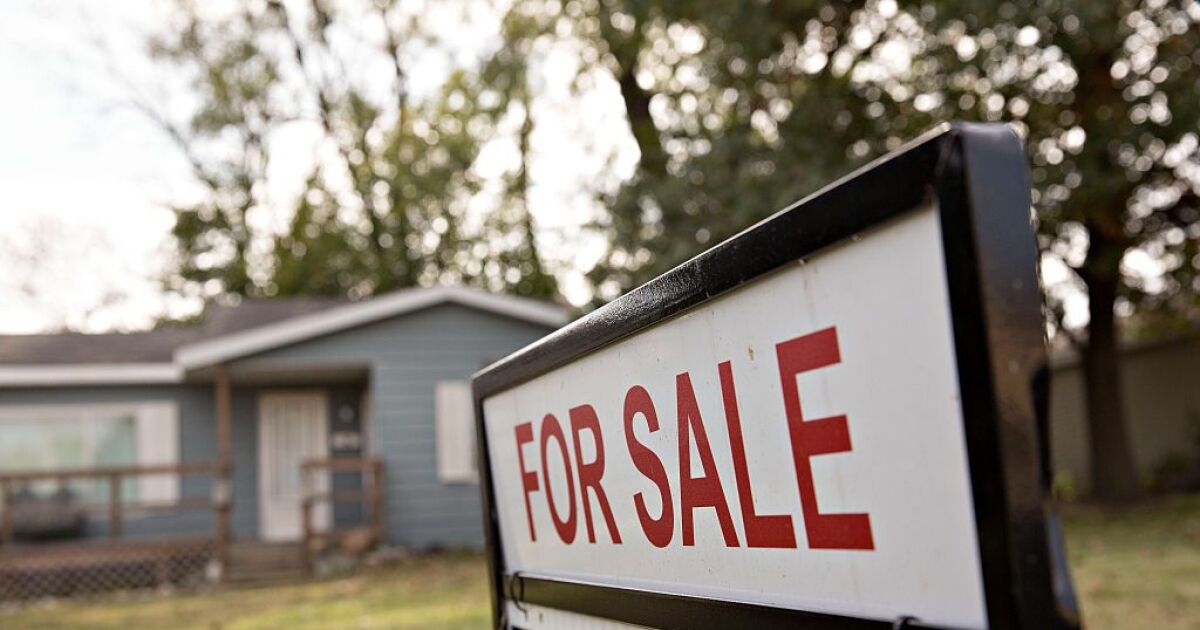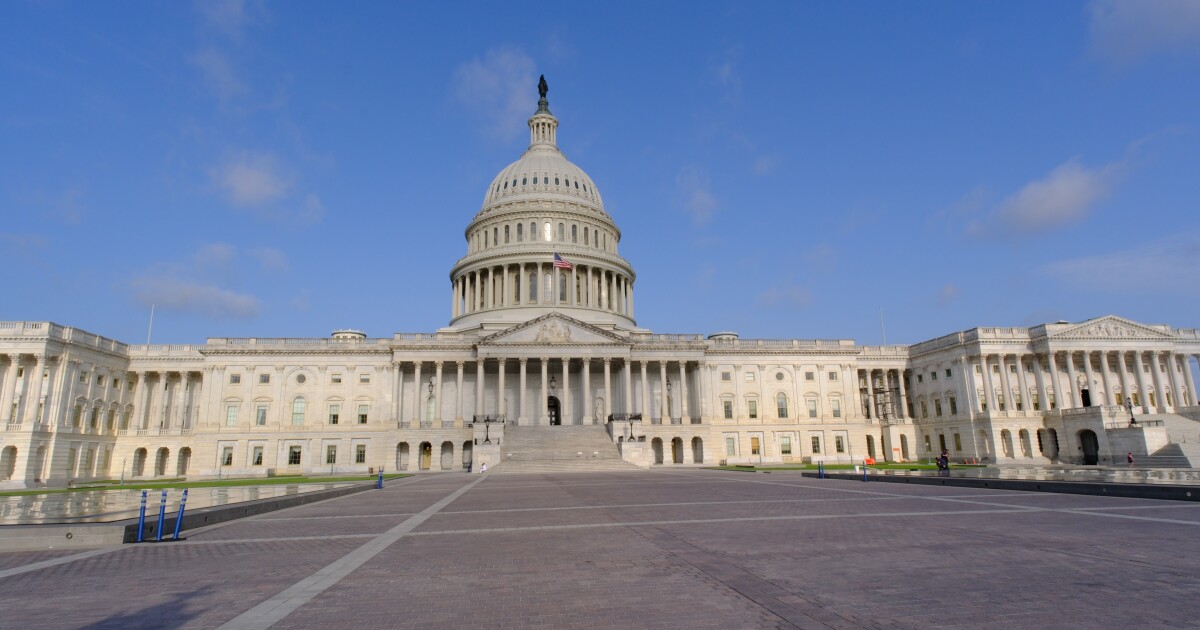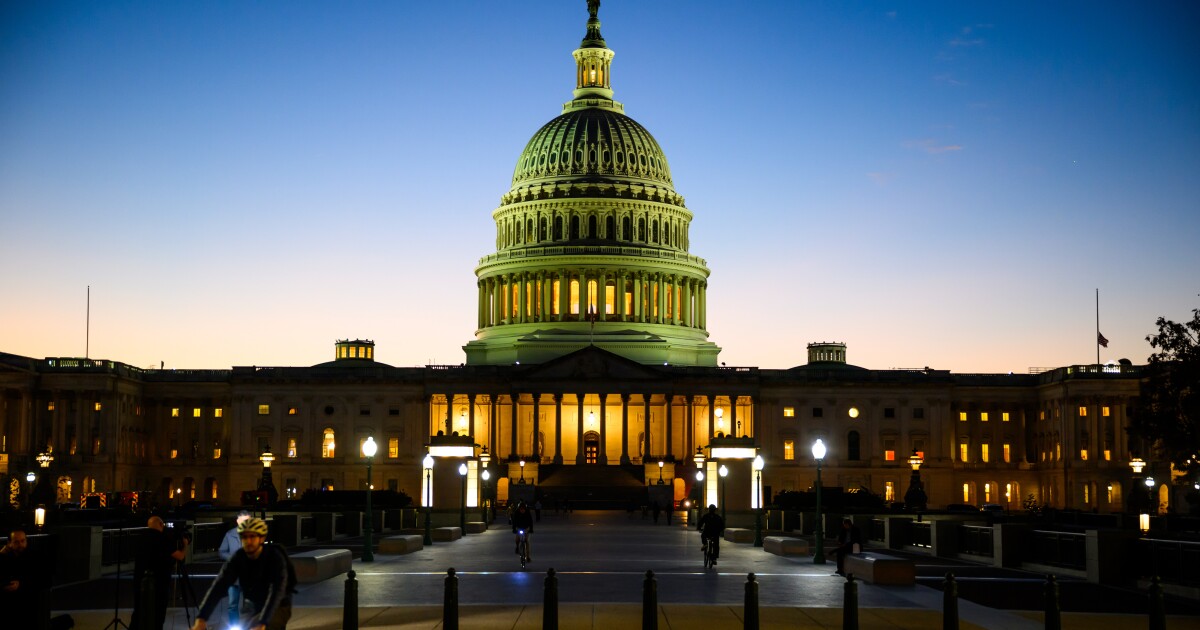
In February, home prices
The CoreLogic Home Price Index, a separate measurement than the one the company puts out
The annual growth rate is down from 5.8% in January, and shows that the market is finally over the impact of when price growth hit bottom in January 2023, said Selma Hepp, CoreLogic's chief economist.
In January 2023, annual price growth was 8.6%, but it was the first time it was below double digits in 21 months. When compared with December 2022, prices dropped 0.2%.
"Nevertheless, with a 0.7% increase from January to February 2024, which is almost double the monthly increase recorded before the pandemic, spring home price gains are already off to a strong start despite continued mortgage rate volatility," Hepp commented in a press release. "That said, more inventory finally coming to market will likely translate to more options for buyers and fewer bidding wars, which typically keeps outsized price growth in check."
Going forward, CoreLogic's forecast calls for prices to rise 0.4% in March from the prior month and 3.1% over the previous year.
Total inventory is up 12.6% year-over-year, but net new listings fell by 4.4% in March, according to HouseCanary.
During the month, 234,838 net new listings were placed on the market, while 275,260 properties went under contract. That last data point represented an increase of 3.2% compared to March 2023.
The median price of all single-family listings was $441,608,
"The interest rate shock is the biggest factor responsible for sustaining inventory scarcity," said Jeremy Sicklick, HouseCanary CEO in a press release. "The continued expectation that the Federal Reserve will introduce interest rate cuts in the months ahead offers potential homeowners a sense of hope, however for now, buyers are facing a seller's market."
That lack of inventory led to another record: the typical home is worth over $1 million in a stunning 550 U.S. cities. That's up by 59 compared to this time last year, Zillow found.
"Affordability is still a big challenge for buyers, but that hasn't stopped prices from growing," said Anushna Prakash, an economic research data scientist at Zillow, in a press release. "Buyers
As a result of the increased competition, especially if mortgage rates decline as expected, prices are likely to continue to rise and the surge in $1 million cities will continue, Prakash said.
Prices grew at a faster pace in these locations than the nation as a whole, Zillow found.
However, in its monthly consumer loan performance update, Moody's noted that home purchase activity in 2024 "will likely remain quite constrained given high prices and weak home affordability, and with existing homeowners reluctant to sell and give up their low fixed-rate mortgages.
But if the U.S. economy cools as expected, many homeowners may take



